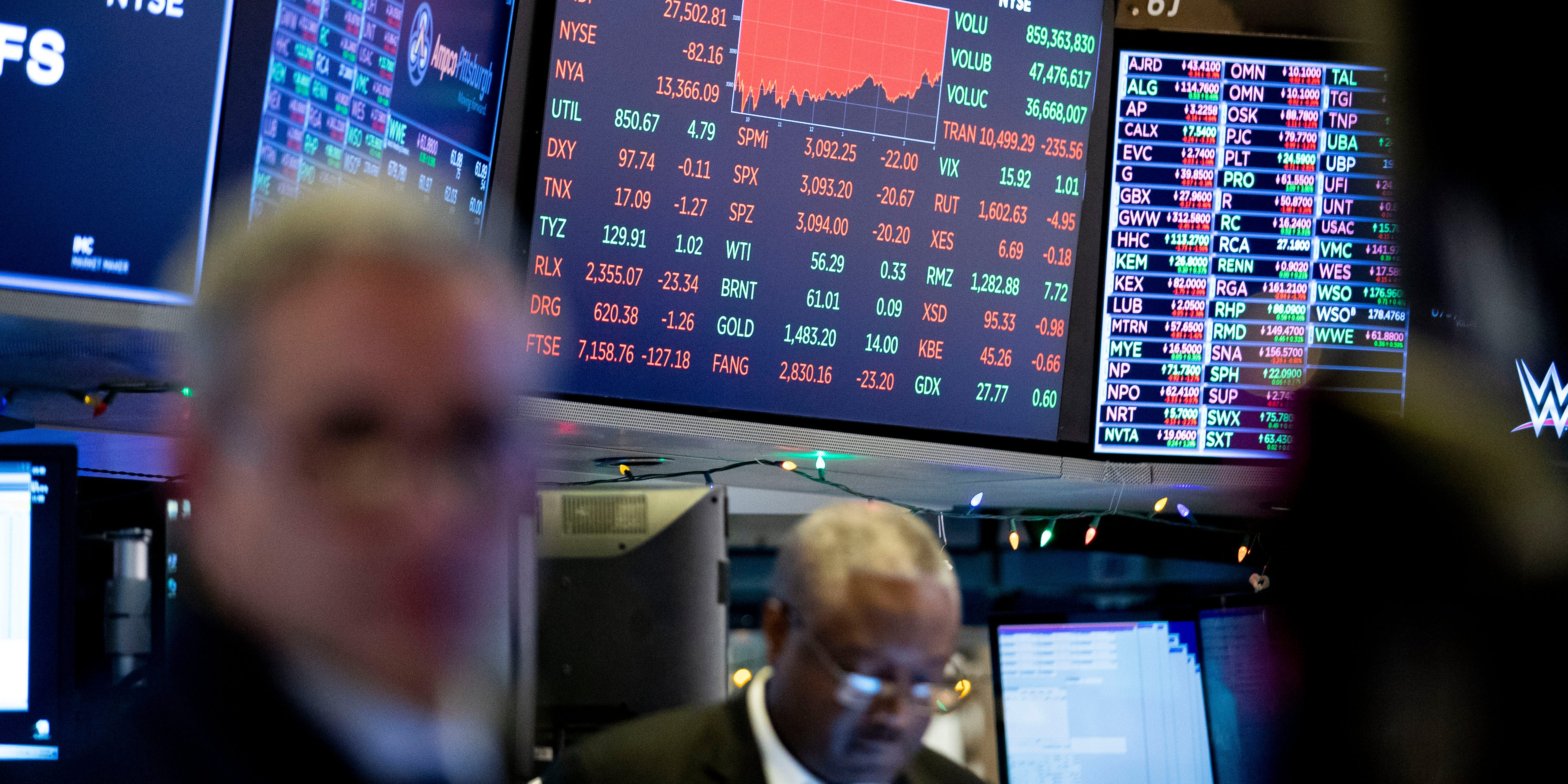The S&P 500 has come under scrutiny, given its gains haven’t been broad-based and were fueled by a handful of tech stocks. Many experts have pointed to the elevated concentration risk, while others have warned of an impending market sell-off. Here’s what 7 top voices have said about the benchmark index – and what’s in store for the S&P 500. Loading Something is loading.
Thanks for signing up!
Access your favorite topics in a personalized feed while you’re on the go.
The US stocks are at something of a crossroads, with Wall Street experts divided on whether the market can sustain this year’s rally in the face of recession risks.
A number of top analysts have warned of a potential selloff in the coming months, pointing to the fact that the year-to-date advance in the S&P 500 index hasn’t been broad-based – and was largely due to sizable gains in a handful of Big Tech stocks fueled by the hype over artificial intelligence.
Veteran economist David Rosenberg has warned the benchmark US share index is already flashing signs of a recession as stocks from key sectors tied to the real economy – such as consumer discretionary, transportation and banking – have plunged.
Here are the latest comments on the S&P 500 from 7 top voices.
Mohamed El-Erian, top economist and Allianz advisor “Today’s US price action is another reminder that this year’s favorable equity market performance is still about a handful of tech stocks. Not only is the Nasdaq outperforming again but, also, the S&P 500 would be in negative territory were it not for #Nvidia,” El-Erian said in a tweet on Thursday.
David Rosenberg, veteran economist and Rosenberg Research founder”The question always comes – why isn’t the S&P 500 signalling a recession? Answer: it is. The most economic sensitive areas are down -33%: transports, consumer discretionary and banks. Behaving as they did heading into the 1990-91, 2001 and 2007-09 downturns,” Rosenberg said in a tweet on Thursday.
Liz Ann Sonders, chief investment strategist at Charles Schwab”As S&P 500 (blue) has moved higher over past handful of months, there hasn’t been as much of a lift in ratio of Consumer Discretionary to Consumer Staples sectors (orange).” (In a tweet, Sonders was echoing Rosenberg’s point, wherein key stocks tied to the economy have plunged despite the overall index rising so far this year, and referring to a chart with blue and orange lines).
Larry McDonald, founder of ‘The Bear Traps Report’McDonald warned the S&P 500 could crash nearly 30% by December as declining corporate profits, less government spending, and banking turmoil pose a risk to stocks.
“Internally we have crashed,” he told Insider’s Theron Mohamed last week. “What hasn’t crashed – where I’m wrong – is the capital moved out of these crash spots and into hiding spots,” he added.
Manish Jabra, head of US equity strategy at Societe Generale”The AI boom and hype is strong,” Kabra said in a note, according to Bloomberg. “So strong that without the AI-popular stocks, S&P 500 would be down 2% this year.”
Jurrien Timmer, director of global macro at Fidelity Investments”Why, in this probable twilight of the long secular bull market that began in 2009, is the gap widening between the S&P 500’s top 50 stocks and the other 450?” Timmer said in a recent tweet.
“The leadership of the past decade was entirely driven by relative earnings, so the gap in valuation did not happen at the peak (as it did at the top of the tech bubble in 2000), but during the subsequent decline. As was the case during the 1973-75 period, investors are looking for a place to hide, and that place is the tried-and-true ‘one decision’ stocks,” he added.
John Hussman, American economist “Our primary gauge of market internals remains unfavorable, based on uniformity and divergence of market action across thousands of individual stocks, industries, sectors, and security-types, including debt securities of varying creditworthiness,” he said. “A market collapse, at its core, is really nothing but risk-aversion meeting a market that is not priced for risk,” Hussman said.
“Those conditions may change, but for now we continue to estimate the likelihood of negative 10-12 year S&P 500 total returns, with the prospect of interim losses on the order of -60%,” he added.
